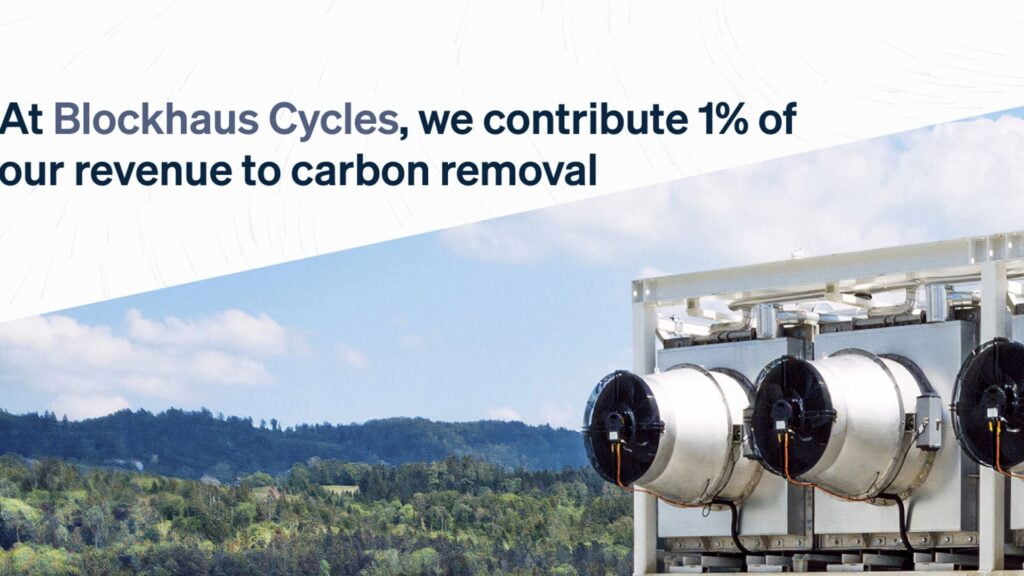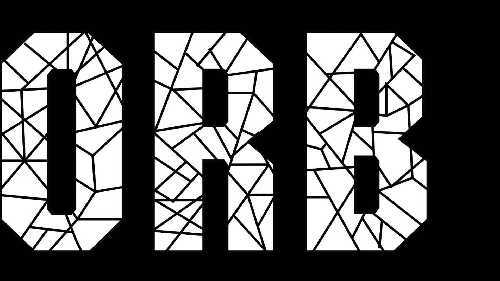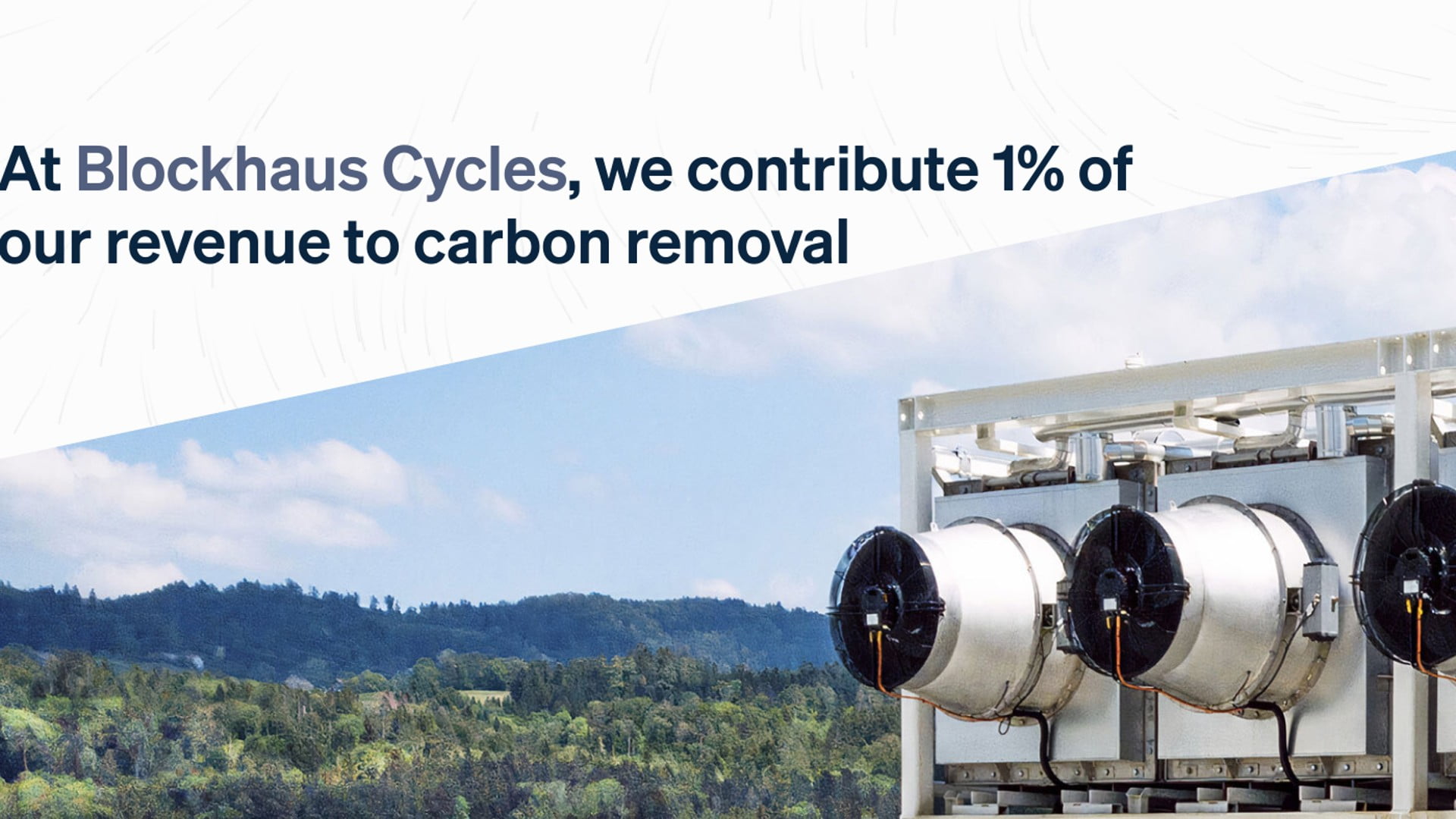
Imagine if you ate all of someone’s apples, and then said to them ‘It’s okay, I planted an apple tree for you’. They would look at you like you were insane.
Well, this is what we are doing with the majority of carbon offset.
It might take decades for a tree to produce apples, and it will definitely take decades for trees planted now to lock up carbon that is emitted today.
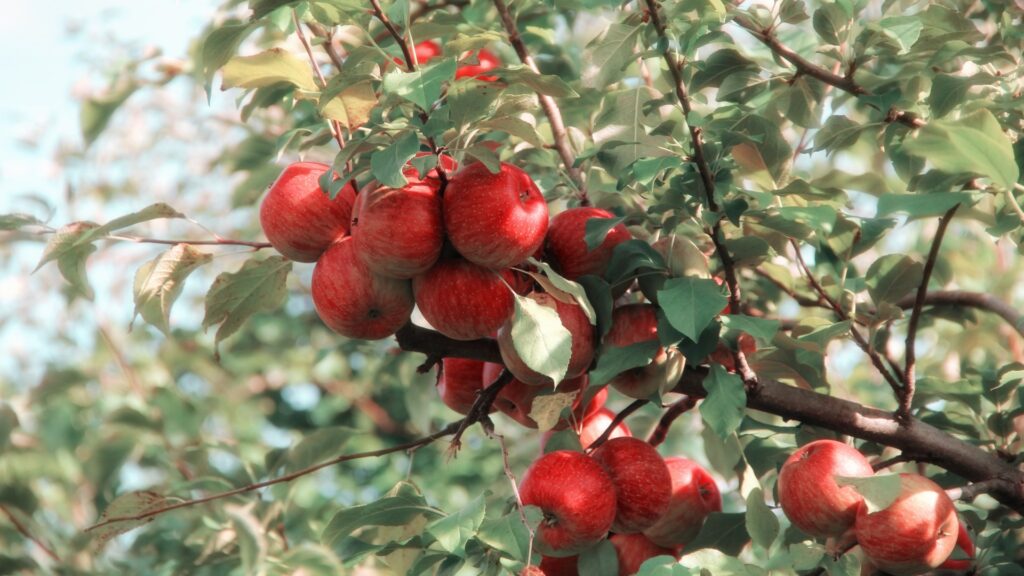
Check out what Greenpeace has to say about standard carbon offsetting here.
Because we have left it too late to start thinking about climate change, the planet is already in massive carbon debt and there’s simply no point trying to rely on a forest which may or may not grow as planned to reach its maximum carbon sink potential in 50 years’ time.
Furthermore, buying carbon credits based on dodgy carbon accounting and planting forests that may be cut down too soon, or are actually logging monocultures with poor carbon potential anyway, is just a tokenistic way to allow big emitters to continue emitting. This is called ‘greenwashing’ and is counterproductive as it allows big emitters to continue emitting whilst claiming they are mitigating their impact.
The first thing and single most important thing we have to do is change the way we consume as individuals and organisations. We have to stop living as if nothing matters but profits and financial cost. People who are too focused on monetary value overlook the fact that there will soon be nowhere to spend it. Climate change unchecked will cause the collapse of financial systems and civilisations, so it will be scant comfort to know that you took the plane from London to Edinburgh because it was the same price as the train and 30 minutes faster.
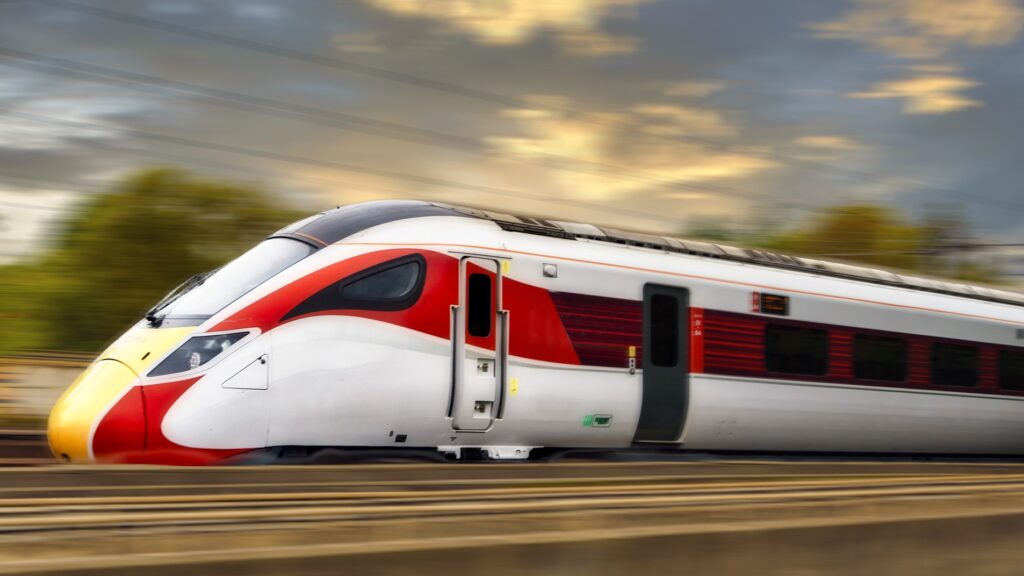
At the same time as accepting this, and radically changing the way we live, work, eat, holiday, etc, we need to be doing everything we can to reverse the damage we have already done and will continue to do.
Whilst I’m generally pretty happy that we operate in an industry that generally encourages low carbon transport, this on its own is not enough. There’s no getting away from the fact that although we’re a small company, we still have a carbon footprint.
We try and do what we can to minimise it and try to put the climate at the heart of everything we do:
- Using Royal Mail instead of couriers
- Using sea not air freight
- Minimising packaging
- Designing longevity and maintainability into all of our products – redesigning products where we have not done well enough at this in the past
- Operating shared warehousing
- Working flexibly from wherever we are, and using videoconferencing rather than travel wherever possible
But for a long time, I’ve wanted to do more, and in February we signed up to Stripe Climate. Through this scheme, we donate 1% of all sales through our website to investing in carbon capture and storage. In order to limit global temperature change to 1.5 degrees above pre-industrial levels (read why that’s important here), we’re going to need to develop more and better carbon capture and storage technologies. The reasons we chose Stripe Climate are:
- They use an independent panel of experts to assess projects before funding them.
- They fund a wide variety of carbon capture and carbon sequestration projects, rather than focusing too narrowly on a technology which may turn out to be unsustainable in the future. Check out some of the projects here.
- The money we give to Stripe climate also contributes to a genuine and measurable reduction of carbon in the atmosphere. Currently, this is around $152 a tonne.
- This is not a greenwashing project, each carbon purchase must meet rigorous criteria such as ensuring that carbon remains sequestered for a minimum of 1,000 years. You can read more about their criteria here.
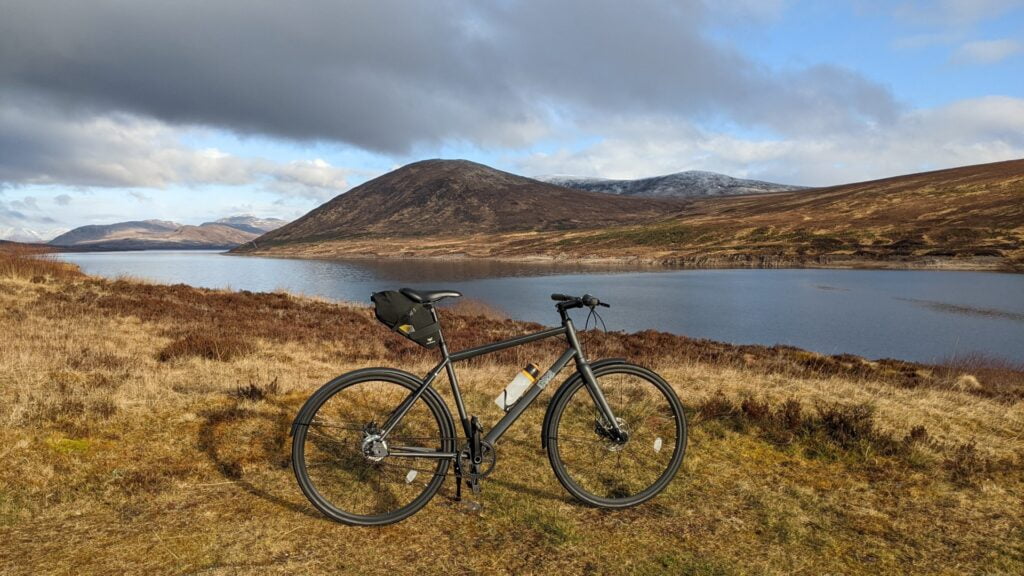
We’ve also been having a think about the carbon footprint of an individual bike, and from now on every bicycle sold through our website will have its entire carbon footprint removed from the atmosphere through this scheme. Now, we’re a very small company, and it’s really hard for us to be able to work out exactly what that footprint is, but fortunately there are a few estimates already out there.
Estimates vary between about 96kg a bike and 134kg per bike. So to be on the safe side, we have decided to pay for the carbon sequestration of a minimum of 200kg per Zeppo bike sold through our website.
